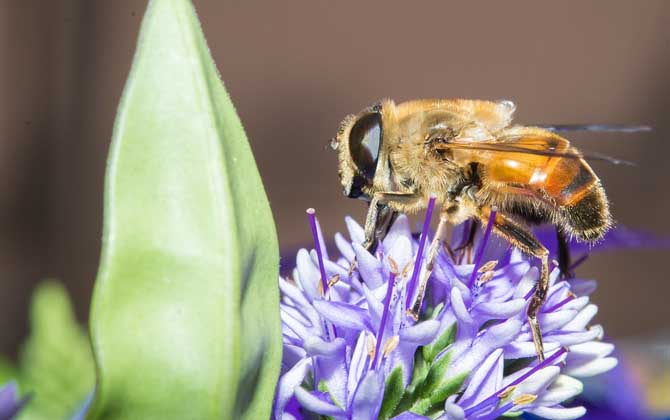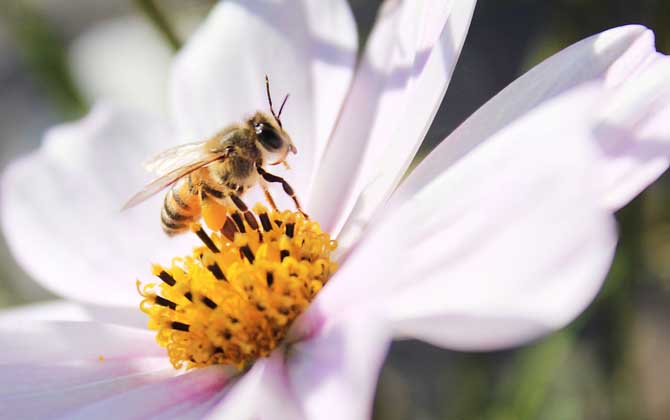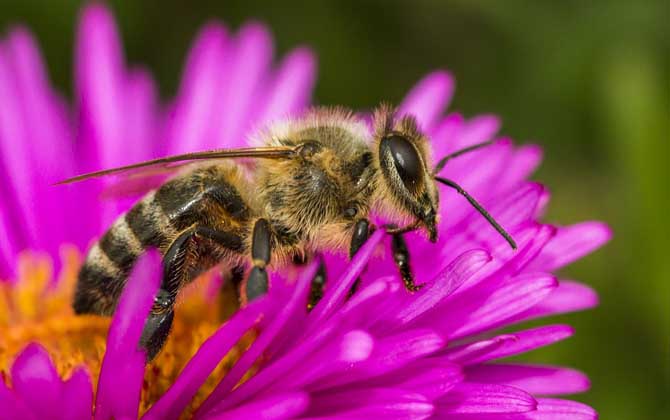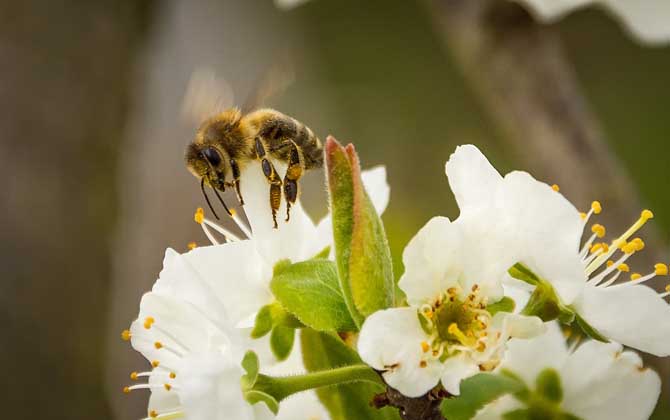How to Treat a Bee Sting: Simple and Effective Steps
Understanding Bee Behavior
Bees are social insects that live in colonies consisting of a queen, drones, and worker bees. Worker bees, which are responsible for stinging, have a venomous stinger connected to a poison gland at the tip of their abdomen. When the colony is threatened, worker bees will defensively sting intruders. Below, we explore the simplest ways to handle a bee sting.

Step 1: Move Away from the Hive
Immediately leave the area to avoid further stings. Bees sting to protect their hive, so maintaining a safe distance will reduce aggression. Key points to note:
- Honeybees are less aggressive than wasps or hornets and rarely chase intruders over long distances.
- Some domesticated bee species may tolerate human presence near their hive, but this varies by breed.
- Always prioritize safety by retreating calmly and swiftly.

Step 2: Remove the Stinger
A bee’s stinger has barbed edges that lodge into the skin. When the bee pulls away, the stinger and attached venom sac remain. Follow these steps:
- Check for the stinger: Look for a small black dot at the sting site.
- Use a scraping motion: Gently scrape the skin with a credit card or fingernail to remove the stinger. Avoid squeezing it, as this may release more venom.
- Note: If no stinger is found, it may have been fully removed or naturally detached.

Step 3: Clean the Wound
Bee venom is mildly acidic. Neutralize it with alkaline solutions:
- Soap and water: Wash the area thoroughly.
- Baking soda paste: Mix with water to create a soothing balm.
- Alternative: Rinse with clean water if no alkaline solution is available.
Experienced beekeepers often skip this step due to frequent stings, but proper cleaning minimizes irritation for most people.

Step 4: Apply Topical Treatments
Symptoms vary based on individual sensitivity. For first-time stings:
- Redness and swelling: Typically fade within 24–48 hours.
- Over-the-counter remedies: Use antihistamine creams, calamine lotion, or hydrocortisone to reduce itching.
- Natural options: Apply toothpaste, cucumber juice, or crushed parsley to the affected area.
- Facial stings: Use specialized products like Nantong Snake Medicine or essential oils to minimize visible swelling.

Step 5: Monitor for Allergic Reactions
While most bee stings are harmless, bee venom allergies can be life-threatening. Watch for:
- Mild reactions: Localized pain, slight swelling, or itching.
- Severe allergic signs: Difficulty breathing, dizziness, rapid pulse, or widespread hives.
If allergic symptoms appear, seek immediate medical help. Note: Individuals stung previously without issues are unlikely to develop sudden allergies.
Prevention Tips
- Avoid wearing bright colors or floral patterns near beehives.
- Stay calm and move slowly if bees approach—do not swat.
- Keep food and sugary drinks covered outdoors.
Important Reminder
Summary: Most bee stings require minimal intervention, but always prioritize allergy awareness. Remember: This guide applies to honeybees, not wasps or hornets. Wasps (such as yellow jackets) are more aggressive and may sting repeatedly—exercise extreme caution around them!